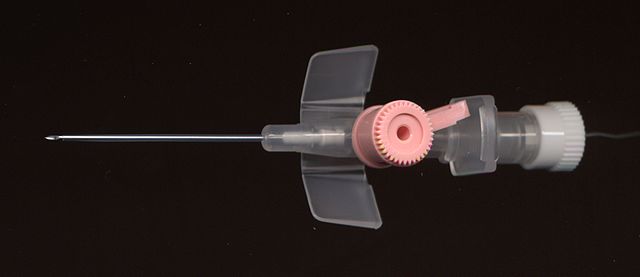VIPoma is an extremely rare form of cancer with an incidence rate of one in 100,000 people. The term is derived from the affected peptide hormones (vasoactive intestinal polypeptide , or VIP), and the pathological noun for morbidity (oma).

What is VIPoma?
VIPoma is a form of pancreatic endocrine tumour affecting the islet cells (islets of Langerhans) in the human pancreas which are crucial in the breakdown and absorption of glucose in the body. Up to 75% of the tumours, which can grow up to 7cm in size, are malignant. However, even benign tumours can lead to serious health complications such as achlorhydria, hypokalemia and chronic diarrhoea (collectively categorised as Verner–Morrison syndrome). In about 6% of cases, the disease manifests as a result of multiple endocrine neoplasia. VIPoma can occur at any age. However, they are predominantly seen in patients age 50 and above.
Symptoms of VIPoma
The primary symptom of VIPoma is constant watery diarrhoea exceeding 3,000 mL per day. About a third of patients experience diarrhoea for over a year prior to diagnosis, while a quarter more have diarrhoea for more than five years.
Secondary symptoms include
- Achlorhydria - low levels of hydrochloric acid secretions in stomach and other digestive organs
- Hyperglycemia - excessive amount of glucose in blood circulation
- Hypokalemia – low levels of potassium resulting in lethargy, cramps and constipation
- Hypotension – low blood pressure, particularly in the left side of the body
- Hypercalcemia – excessive levels of calcium in the blood
Diagnosis of VIPoma
VIPoma can be diagnosed using three methods:
- Visual indication of secretory diarrheoa, where the osmolality stool sample resembles that of plasma
- Laboratory analysis of stool sample to detect the level of sodium and potassium (typically double)
- Colorectal: 10.6% (1,800,977) – include both colon and rectal cancers
- Visual identification using endoscopic ultrasonography, octreotide scintigraphy and/or arteriography to detect the presence of tumours
Diagnoses can also include measurements of electrolyte and CBC to detect glucose levels in the blood.
Treatment and Prognosis of VIPoma
The immediate focus during treatment is to replace the lost electrolytes and fluids to ensure proper circulation and avoid acidosis (excessive acidity). Long acting octreotide may be prescribed to complement intravenous saline, while bicarbonate is used to handle acidosis.
Removal of tumour is curative for half of patients – more so for those with benign tumours. For patients with metastatic tumours, future invasive surgical procedure is required. Patients are then provided with streptozocin to manage their diarrhoea and doxorubicin to reduce tumour mass.
Prognosis varies considerably, depending on the case. However, the five year survival rate is between 89% and 95% for patients who sought treatment.